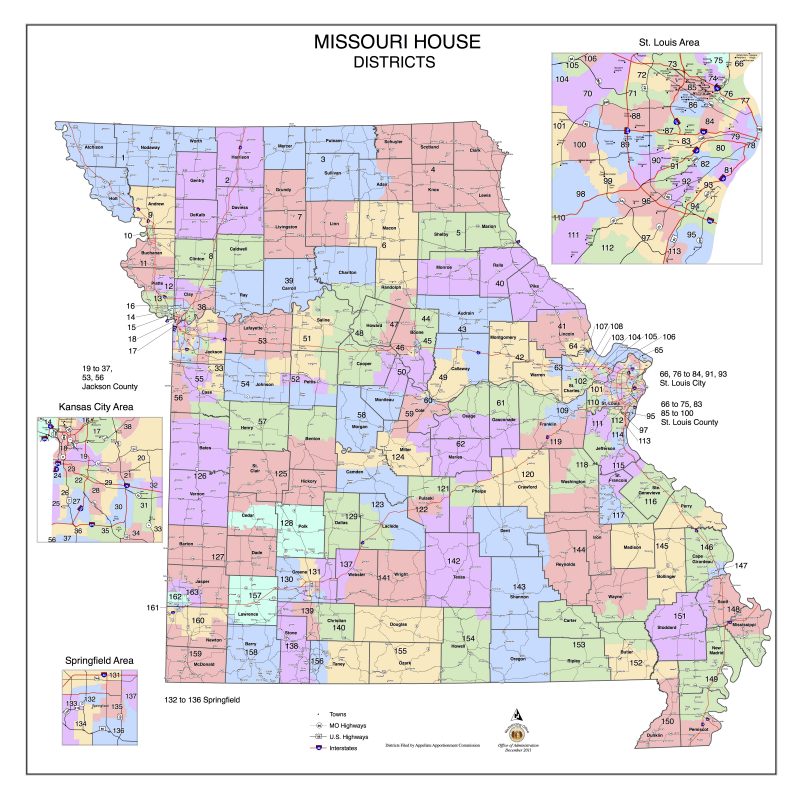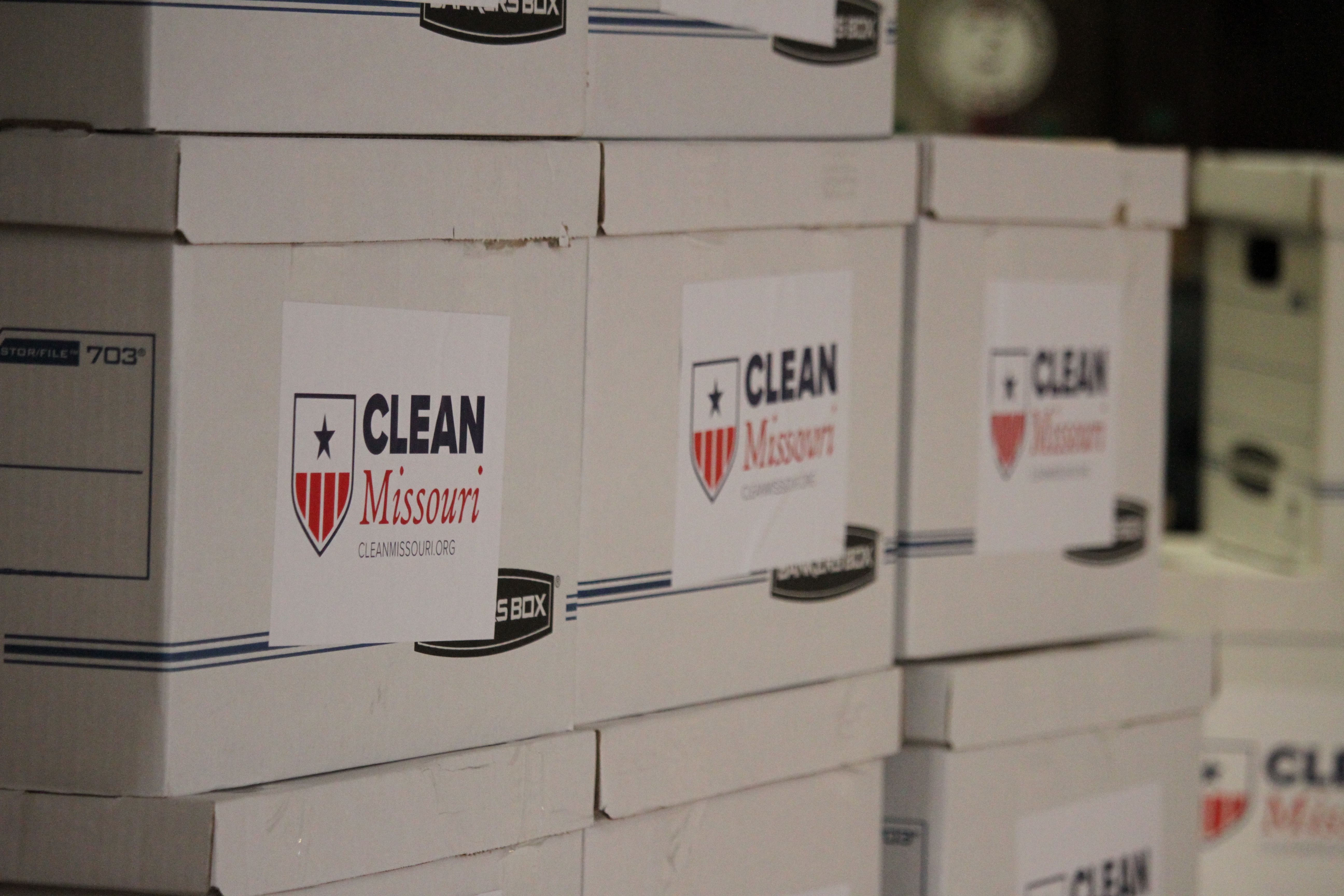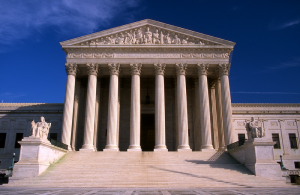JEFFERSON CITY, Mo. — It took just three weeks before the Senate engaged in a lengthy filibuster, the first of 2020.
It was a resolution that would implement changes to Clean Missouri that sent lawmakers arguing for nearly 12 hours Wednesday until early Thursday morning. And although the Senate adjourned without moving on it, tweaks to Clean Missouri is bound to come up again in the General Assembly.
Here’s a look at what to know about Clean Missouri and what Republicans hope to change.
So what is Clean Missouri?
Approved by voters in November 2018 as the Amendment 1 ballot measure, Clean Missouri tackled a myriad of issues in state government, from establishing a new redistricting process to limiting lobbyist gifts to lawmakers and more.

Amendment 1 changed the state’s redistricting process to require a new nonpartisan state demographer to draw legislative maps for the General Assembly following the 2020 U.S. Census. The state Auditor’s Office accepted applications for the demographer position through December, but it will be up to the Senate majority and minority leaders to pick from the pool of candidates.
It also enacted ethics reform, such as placing a $5 limit on lobbyist gifts to lawmakers.
What are Republicans trying to do?
The legislation in question this week came in the form of SJR 38, a resolution from GOP Sen. Dan Hegeman. Should it ultimately pass the legislature, it would still need voter approval in November to be implemented.
The resolution would ban lobbyist gifts to lawmakers altogether and lower campaign contributions limits for the offices of state senator and state representative. But it also seeks to change how the redistricting process would work — again.
Hegeman said the resolution would change the redistricting process back to what’s been “successfully” used in Missouri for “many decades” — placing the duties back in the hands of independent, bipartisan House and Senate commissions as done in the past.

It would require the commissions to draw districts so as not to disenfranchise any particular community from participating in the electoral process. Additionally, districts would need to be drawn based on population and the idea of “one person, one vote;” in concordance with federal law and the Voting Rights Act of 1965; as contiguous and compact as possible; and in keeping communities together as much as possible, Hegeman said.
Republicans have argued the original Clean Missouri was too broad and voters weren’t quite familiar with everything included in the amendment. Lawmakers said they’ve heard from constituents who wanted ethics reform but not the sweeping changes to redistricting.
“This would give the voters another opportunity to weigh in on this monumental change that could have ramifications for years, if not generations,” Hegeman said.
What do Democrats have to say?
Democrats argued the changes would result in “partisan gerrymandering” with redistricting in the future, especially since the resolution eliminates the requirement that “partisan fairness” and “competitiveness” be taken into account. The idea of drawing districts based on voting population — as opposed to total population — could make elections less fair, Democrats said.
Sen. Jill Schupp, who kicked off the filibuster, also questioned why Republicans argued that voters didn’t fully understand the first go-round of Clean Missouri because of the two parts — redistricting and ethics reform — when this resolution also includes the same two components.
“You said the confusion was because there were two pieces. There are still two pieces. It doesn’t make sense to me,” Schupp said.
Just like it didn’t take long for senators to engage in a filibuster this session, nicknames were assigned to the resolution early on: “Cleaner Missouri” for proponents; “Dirty Missouri” for opponents.

Kaitlyn Schallhorn was the editor in chief of The Missouri Times from 2020-2022. She joined the newspaper in early 2019 after working as a reporter for Fox News in New York City.
Throughout her career, Kaitlyn has covered political campaigns across the U.S., including the 2016 presidential election, and humanitarian aid efforts in Africa and the Middle East.
She is a native of Missouri who studied journalism at Winthrop University in South Carolina. She is also an alumna of the National Journalism Center in Washington, D.C.
Contact Kaitlyn at kaitlyn@themissouritimes.com.




















